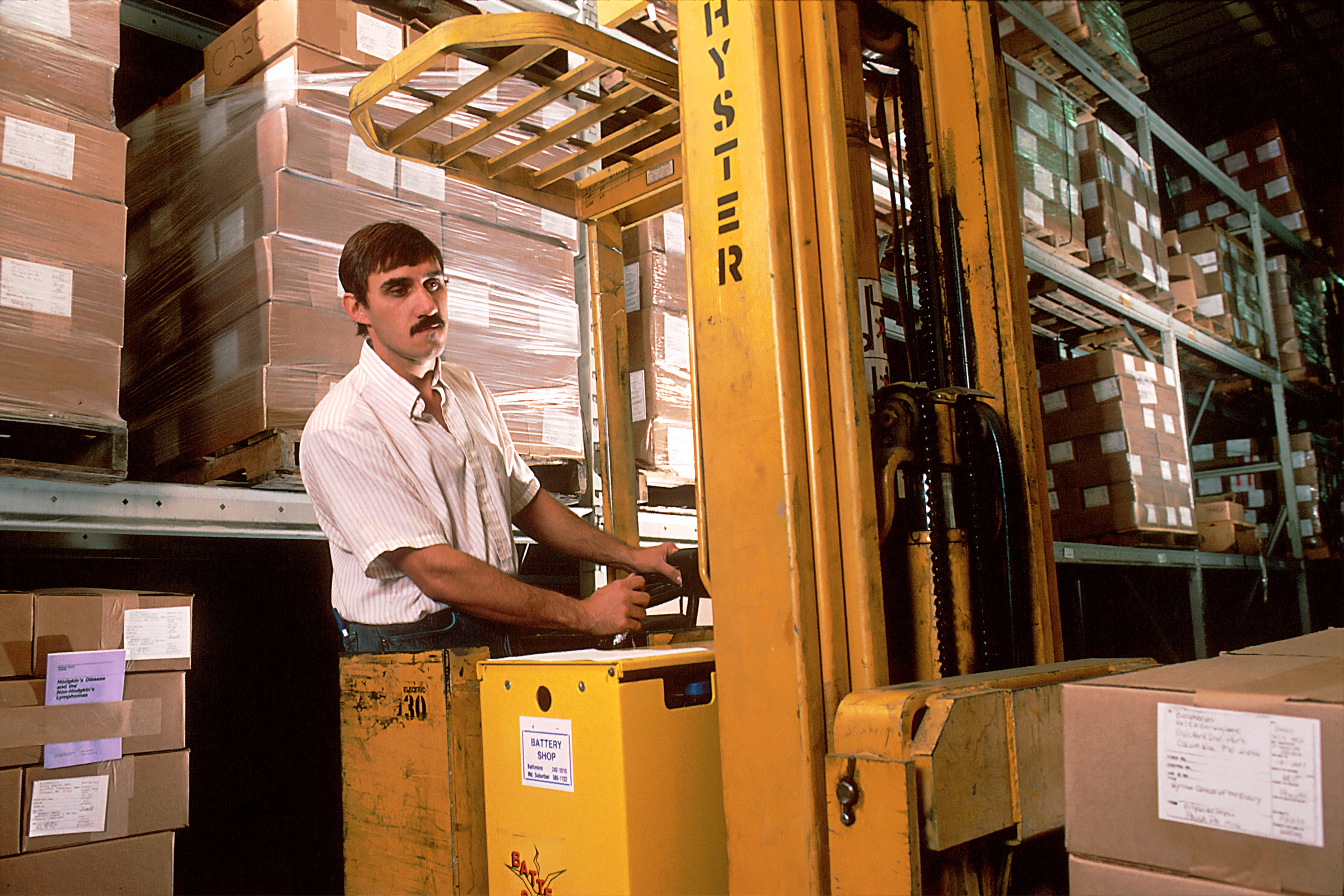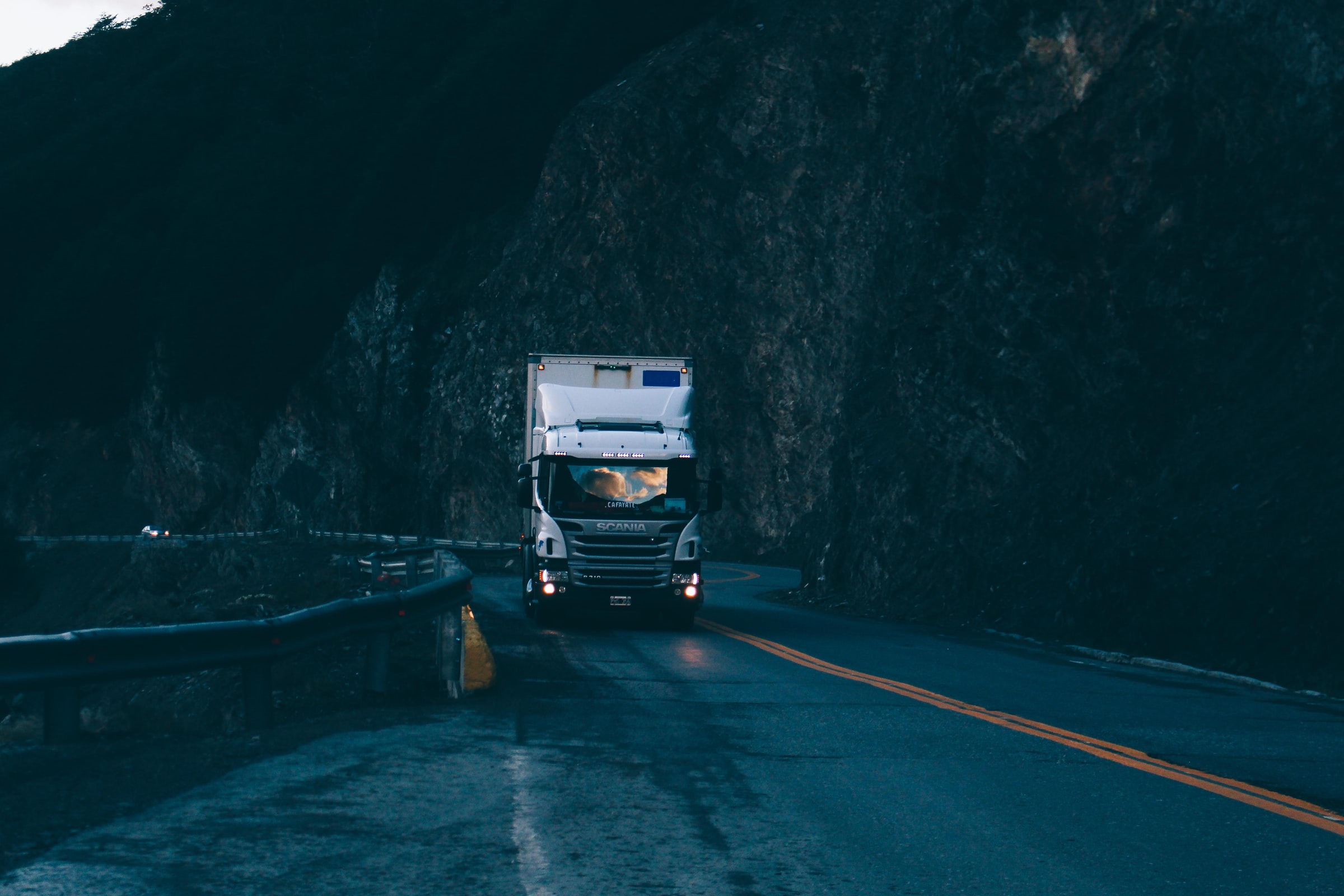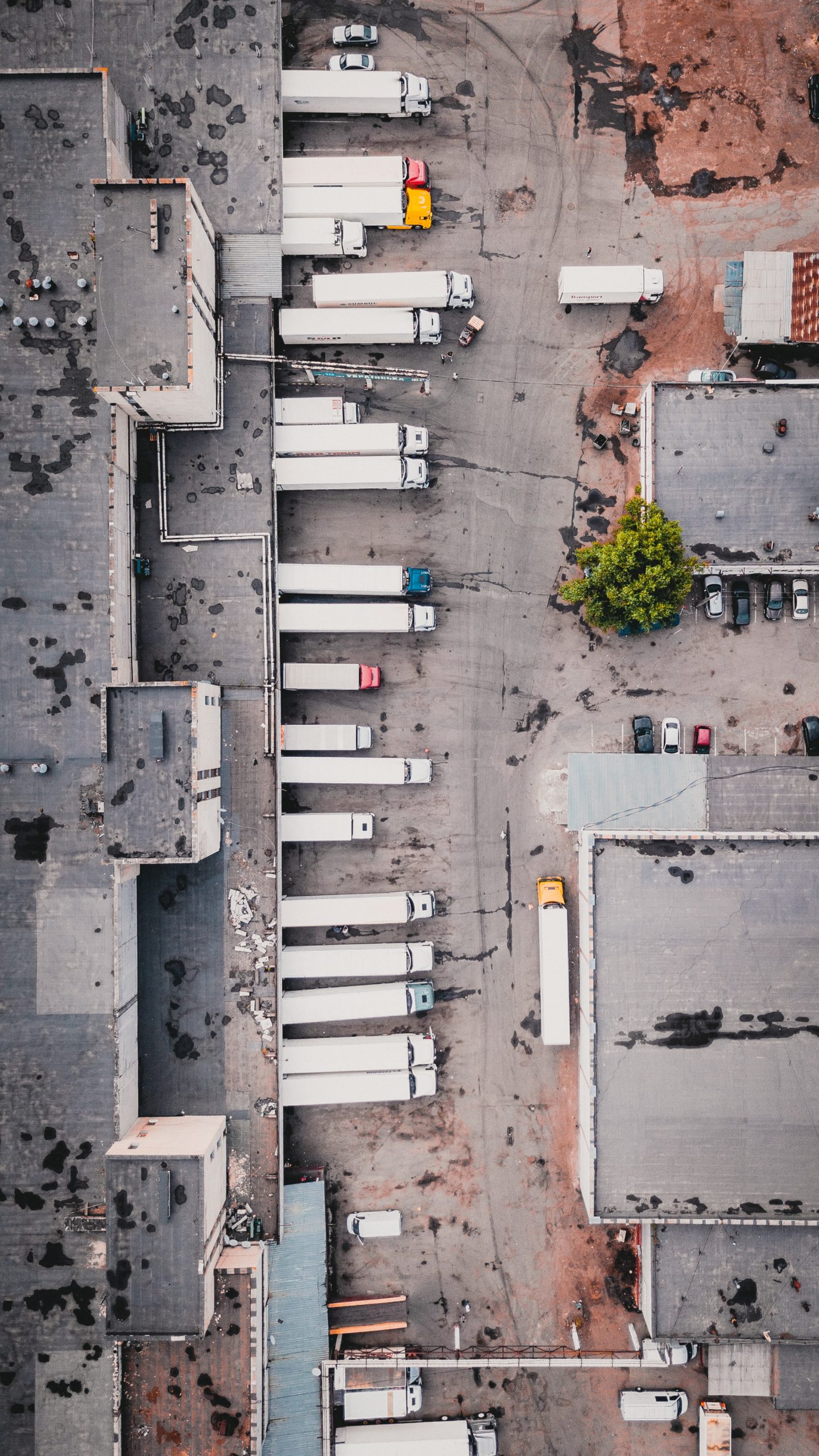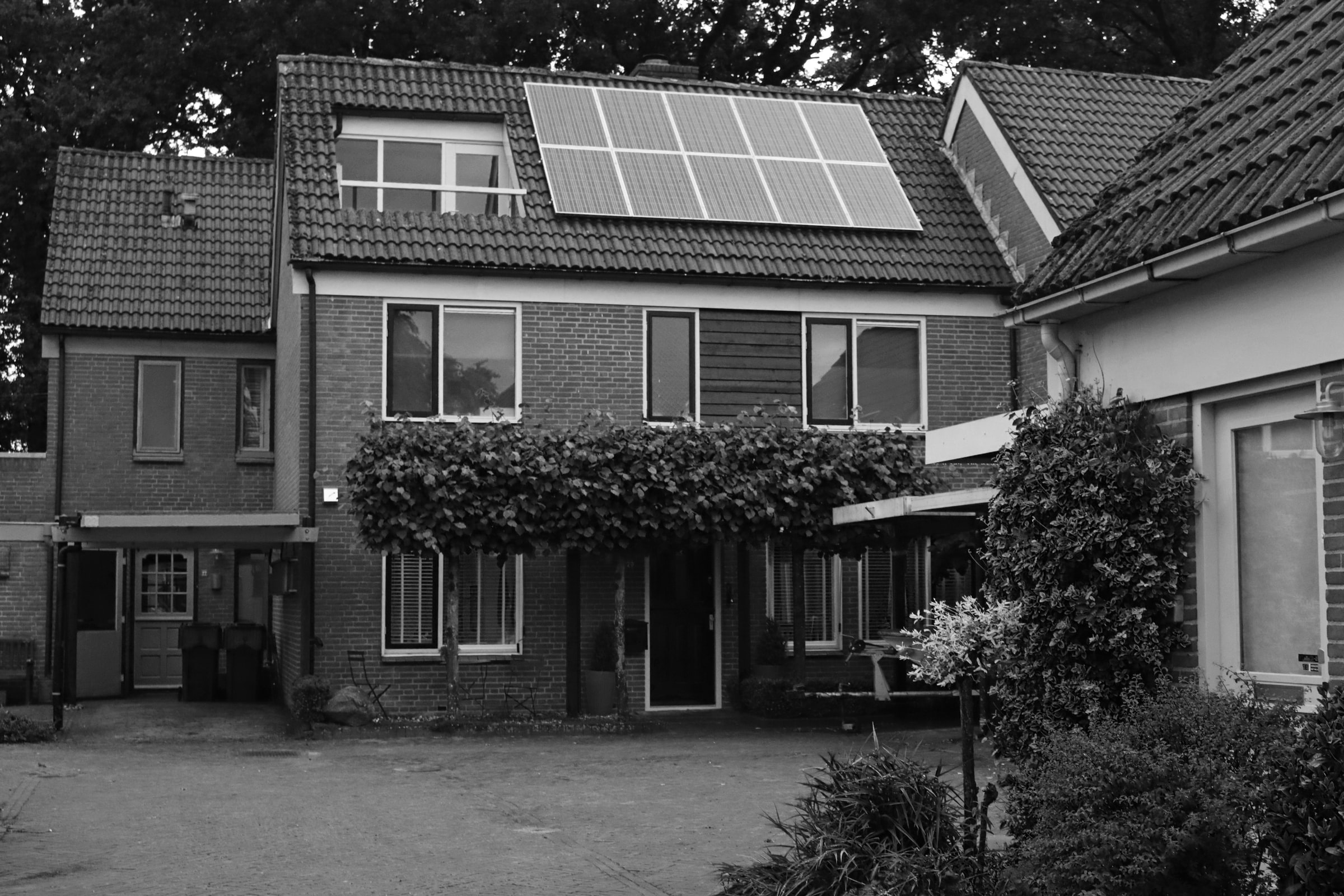The environment is the source of all our resources, so the dangers if faces are everyone’s responsibility. Society is moving more and more towards more sustainable lifestyles, more respectful of our planet and less polluting for the place where we live. This phenomenon could not be different in the labor market. Indeed, as the trend towards a greener world grows, new environment-related jobs are beginning to emerge, aimed at those who are willing to put in the work and change the course of our planet.
Do you want to know more about those jobs? Keep reading below as in today’s article, we highlight some of these professions, to which you can eventually apply for if you are truly committed to the environment. Enjoy the discovery!
1.Environmental Quality Technician
This position will require you lead, coordinate and control a company’s environmental management and set your quality standards to take care of the planet wherever you work. As an environmental quality technician, you will be able to change things from the inside out, as you’ll be able to alter the way, processes and systems of a business to start creating the change you want to see.
2.Posts in Renewable Energy Companies
If you want to work in the environmental field, but are more focused on the energy business, we recommend you look into the renewable resources sector. A wind, geothermal, or solar power plant may be a great alternative for you if you are looking for a position in this field. You’ll be able to focus on what you’re most passionate about, without giving up another great commitment: valuing, caring for and working for the environment.
3.Environmental Lawyer
If you are in the field of law and would be passionate about working in the environmental field, you are a perfect match! Find opportunities where you can apply all your legal knowledge to save the planet, its species and ecosystems. With your words and your knowledge of the law, you can do much more to take care of the Earth than you can imagine.
4.Biotechnologist
If you are passionate about technology, learn how to use it for the environment! Look for a position in the biotechnology field and find out how you can design, manipulate, and engineer new ideas or products that contribute to the proper use and conservation of renewable resources. So do you think you are ready to design the future of the environment?
5.Environmental Education Teacher
If caring for the environment is truly your calling, what better way to contribute than by sharing it with other minds? Consider an environmental teaching position and give the planet the best you have to give: all your knowledge. By sharing it with others, you will see how you inspire them to commit to a better planet.
6.NGO Salesperson
If you’re a natural salesperson and you’re good at convincing others with your arguments, perhaps the best way to help the environment is to give your voice. By working in an NGO that fights to protect the environment, you can contribute your two cents by facilitating resources, partners or even contacts that help the planet stay the way we want it to.
Whatever your career, if what you are truly passionate about is the environment, there will always be ways to get closer to it. Bringing an environmental approach to your career path is easy and the first step to doing so is just your love for the environment, we don’t take care of the rest.
What are your thoughts on those jobs? Do you find one more appealing than others? Let us know your thoughts in the comments below – we cannot wait to read from you.
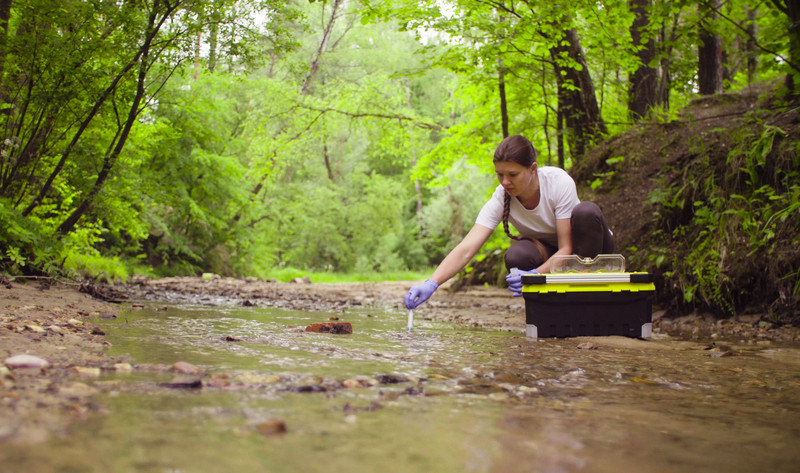
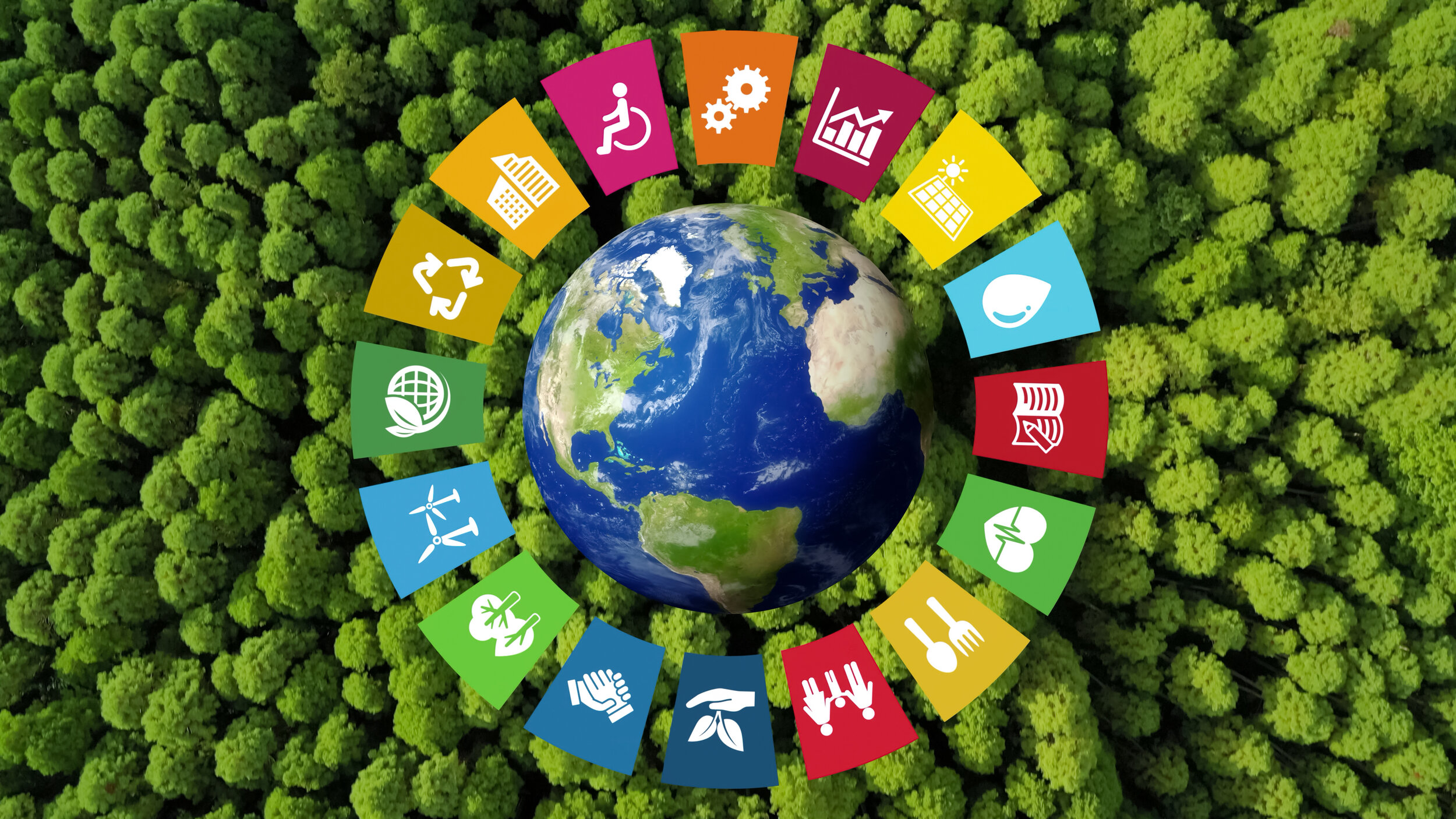
 In Christian faith, we often refer to “hunger” as the spiritual need to feed on Jesus Christ and the Word of God. However, as human beings, we need food to survive and it’s a fact that famines have been one of the greatest challenges humanity has always faced. But, let’s not forget that our mighty Lord has promised to provide for all those who would believe in Him (John 5: 36). “Give us this day our daily bread” (Matthew 6: 11) is one of God’s promises to give us our daily food.
In Christian faith, we often refer to “hunger” as the spiritual need to feed on Jesus Christ and the Word of God. However, as human beings, we need food to survive and it’s a fact that famines have been one of the greatest challenges humanity has always faced. But, let’s not forget that our mighty Lord has promised to provide for all those who would believe in Him (John 5: 36). “Give us this day our daily bread” (Matthew 6: 11) is one of God’s promises to give us our daily food.









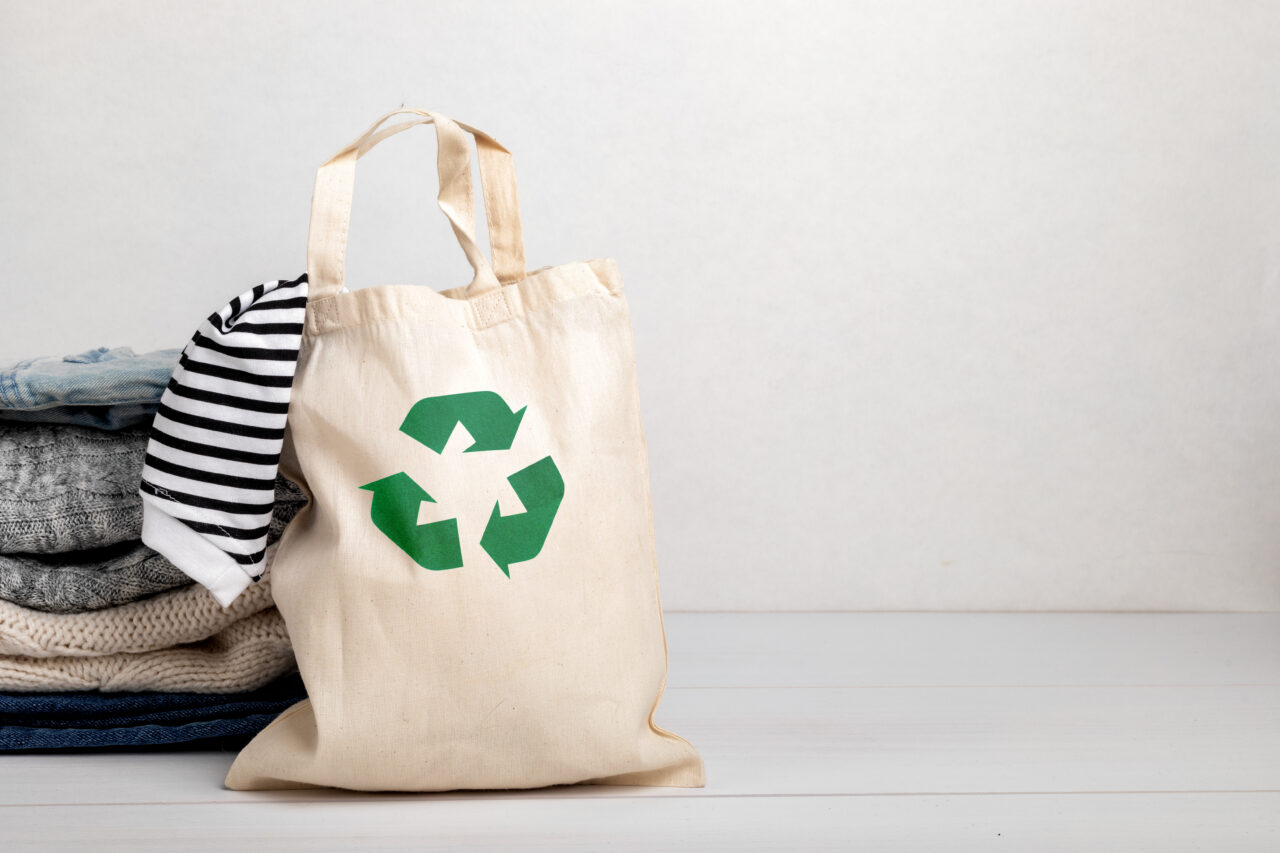
 Everyone knows that summertime is the season for outdoor activities. But, did you know that the comfort of outdoor activities and your outdoor performance will depend on your fashion choice?
Everyone knows that summertime is the season for outdoor activities. But, did you know that the comfort of outdoor activities and your outdoor performance will depend on your fashion choice?
